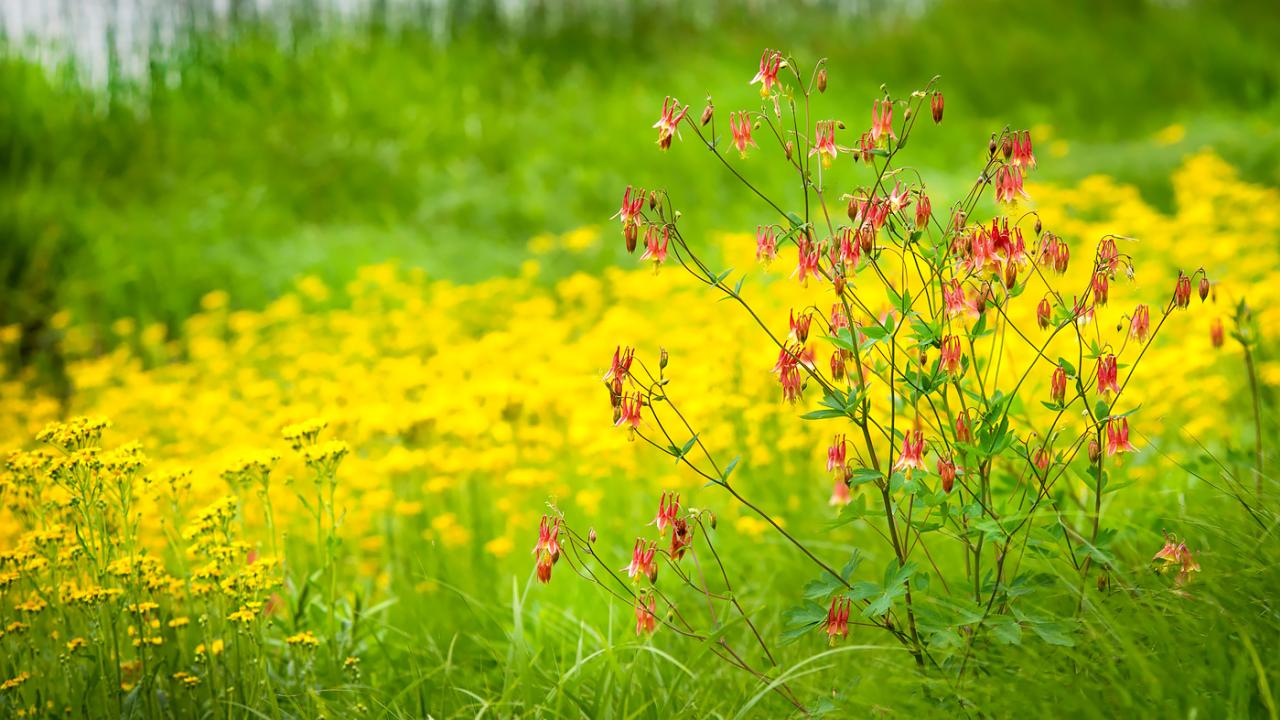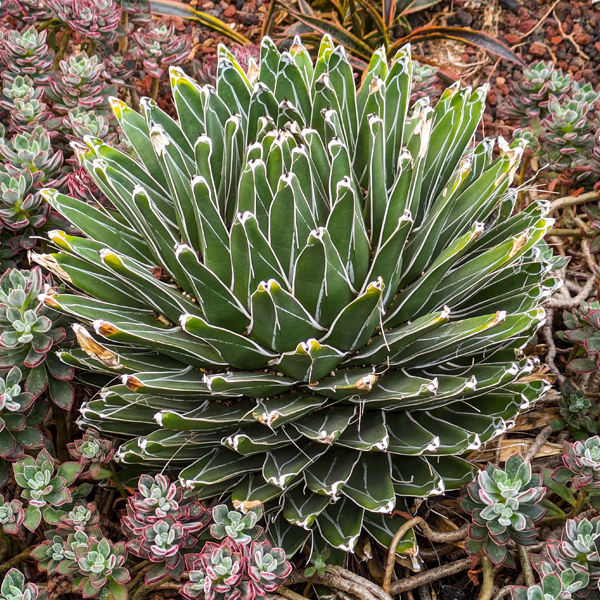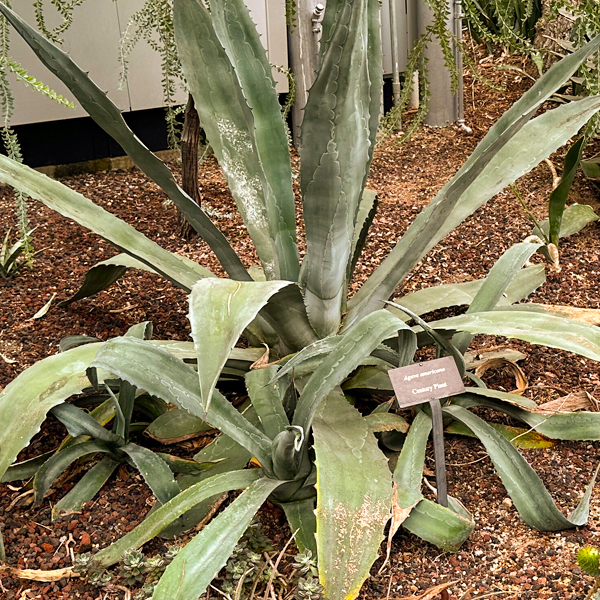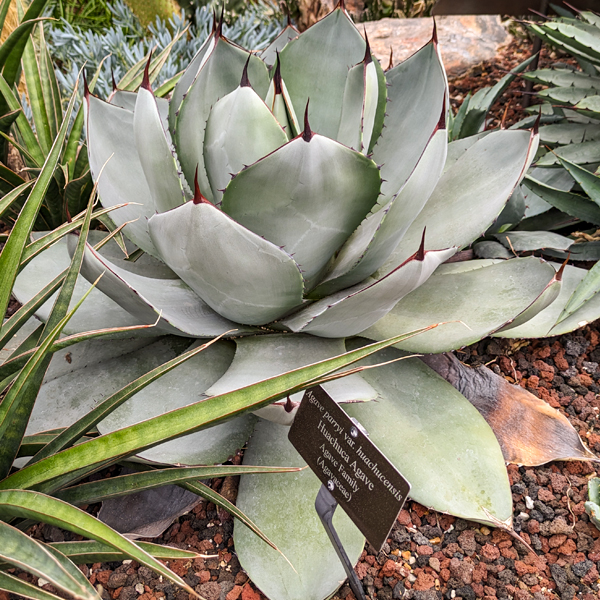

Plant Science &
Conservation
Garden Stories
The Future of Agave Means Looking to the Past
The popularity of agave-based drinks like tequila and mezcal is at an all-time high in the United States. And that is bad news for agaves.
As Hector Ortiz, Ph.D., plant conservation scientist at the Negaunee Institute, explains in this video, agaves have provided humans with food, fiber, and drinks for millennia. But the recent popularity of these drinks has fueled the expansion of agave monoculture—where land is cleared to grow a single species of agave, destroying the habitats of wild agaves and reducing biodiversity.
Combined with the impacts of human-caused climate change, monoculture threatens the future of both wild and farmed agaves.
Ortiz and others are looking for solutions in traditional methods of growing agave. In Mesoamerica, in what is now central Mexico, Indigenous farmers used intercropping systems—growing agaves alongside other crops like prickly pear cacti (Opuntia species). In what is now southern Arizona, people used rock piles to grow agaves, which retained soil moisture and increased resilience against drought.
By learning from traditional practices, researchers can help design new strategies for the conservation and sustainable farming of agaves.
Wild agaves grow throughout Mexico, and parts of the United States, the Caribbean, Central America, and South America—but you can see them in the Garden’s Arid Greenhouse.




